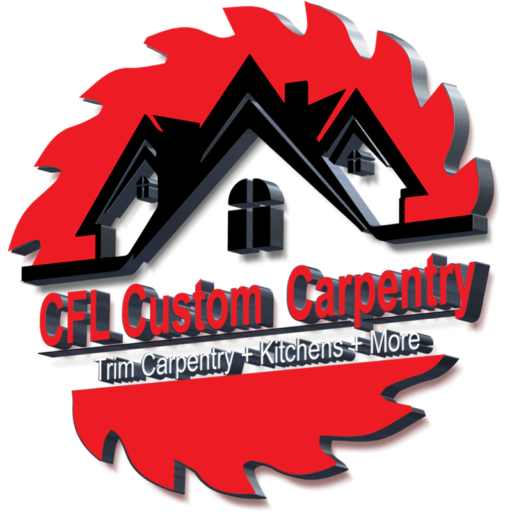Ceiling Beams in Modern Architecture
In the realm of modern architecture, the integration of structural brilliance is paramount to creating visually stunning and functional spaces. One essential element that plays a significant role in achieving this is the strategic implementation of ceiling beams. These architectural marvels not only serve a practical purpose but also add an artistic touch to contemporary designs. In this article, we will delve into the importance of ceiling beams in modern architecture and how they elevate the overall aesthetic appeal and functionality of buildings.
The Functionality of Ceiling Beams
Providing Structural Integrity
Ceiling beams are fundamental components that contribute to the structural integrity of a building. They are designed to bear the load of the roof, transferring it down to the walls and pillars. This distribution of weight ensures that the building remains stable and can withstand external forces like wind, earthquakes, and heavy loads. Thus, ceiling beams form a vital part of the building’s skeletal system, safeguarding its occupants and possessions.
Supporting Open Floor Plans
With the rise in popularity of open floor plans, ceiling beams have gained prominence as a means to define spaces without compromising openness. These beams help demarcate different areas within a large room, providing a sense of visual separation while maintaining a seamless flow. The beams can also be used to suspend various elements such as pendant lights, giving the space a unique and captivating look.
Concealing Services and Wires
Ceiling beams offer a practical solution for concealing various services and wires within a building. Instead of cluttering the walls or compromising on aesthetics, these beams can be cleverly designed to hide HVAC ducts, electrical wires, and plumbing pipes. This not only enhances the overall appearance of the interiors but also facilitates easy access for maintenance.
Aesthetic Advancements with Ceiling Beams
Embracing Natural Elements
In modern architecture, there is a growing trend of embracing natural elements to establish a harmonious connection between the built environment and nature. Wooden ceiling beams, for instance, add warmth and character to a space, creating a welcoming atmosphere. The grain and texture of the wood infuse the interior with a sense of organic beauty, making it a sought-after choice for many contemporary designs.
Modern Minimalism
For lovers of minimalistic aesthetics, steel or concrete ceiling beams provide a sleek and clean look. These materials exhibit strength and rigidity, allowing architects to achieve long spans and open spaces. The simplicity of these beams complements the minimalistic approach and adds an industrial edge to the overall design.
Architectural Artistry
Ceiling beams serve as a canvas for architectural creativity. The intricate designs and patterns crafted on these beams can transform them into captivating works of art. From classic motifs to modern abstractions, architects can use ceiling beams to express their artistic vision, turning the structural element into a focal point of admiration.
FAQs
- Q: Are ceiling beams only suitable for traditional architectural styles? A: Not at all! Ceiling beams can be adapted to complement various architectural styles, including contemporary, modern, industrial, and more.
- Q: How do ceiling beams enhance natural lighting within a space? A: By incorporating skylights or clerestory windows along the beams, natural light can penetrate deeper into the interior, illuminating the space effectively.
- Q: Can exposed ceiling beams be utilized in commercial spaces? A: Yes, exposed ceiling beams can be used to add a unique charm to commercial spaces like offices, restaurants, and retail stores.
- Q: Are ceiling beams purely decorative, or do they serve functional purposes too? A: Ceiling beams are both functional and decorative. Besides adding visual appeal, they provide structural support and can conceal services within the building.
- Q: Which materials are commonly used for ceiling beams in modern architecture? A: Wood, steel, concrete, and even composite materials are commonly used to craft ceiling beams, each offering distinct benefits in terms of aesthetics and structural performance.
Ceiling beams exemplify the ingenuity and creativity that modern architecture embraces. Beyond their functional role in supporting the structure, they elevate the aesthetics and add a touch of artistry to the overall design. Whether it’s the warmth of wooden beams or the sleekness of steel, these elements enhance the ambiance of a space, making it inviting and awe-inspiring. With the versatility they offer, ceiling beams continue to be a timeless and sought-after feature in contemporary architectural endeavors.
Related Posts
Leave a Reply Cancel reply
Recent Posts
- 8 Seasonal Home Maintenance Tips to Protect and Upgrade Your Home
- 5 Smart Space-Saving Carpentry Ideas That Transform Tight Spaces
- 5 Brilliant Tips for Designing Custom Banquettes That Blend Style and Function
- 5 Reasons Finish Carpentry Prep Caulking and Sanding Make or Break the Final Result
- Best Wood Finishes: Enhancing Your Carpentry Projects
Recent Comments
Archives
- May 2025
- April 2025
- March 2025
- February 2025
- October 2024
- September 2024
- August 2024
- July 2024
- June 2024
- May 2024
- April 2024
- March 2024
- February 2024
- January 2024
- December 2023
- November 2023
- October 2023
- September 2023
- August 2023
- July 2023
- June 2023
- May 2023
- April 2023
- March 2023
- February 2023
- January 2023
Categories
Categories
- Carpentry DIY Tutorials (5)
- Carpentry for Home Improvement (26)
- Carpentry Q&A (10)
- Carpentry Safety and Best Practices (6)
- Carpentry Trends (11)
- Custom Carpentry (26)
- Design Inspiration (14)
- Finish Carpentry (11)
- Smart-Saving Carpentry (1)
- Tool Reviews and Recommendations (2)
- Uncategorized (38)
- Wood Selection and Finishing (1)
- Woodworking Techniques (5)




